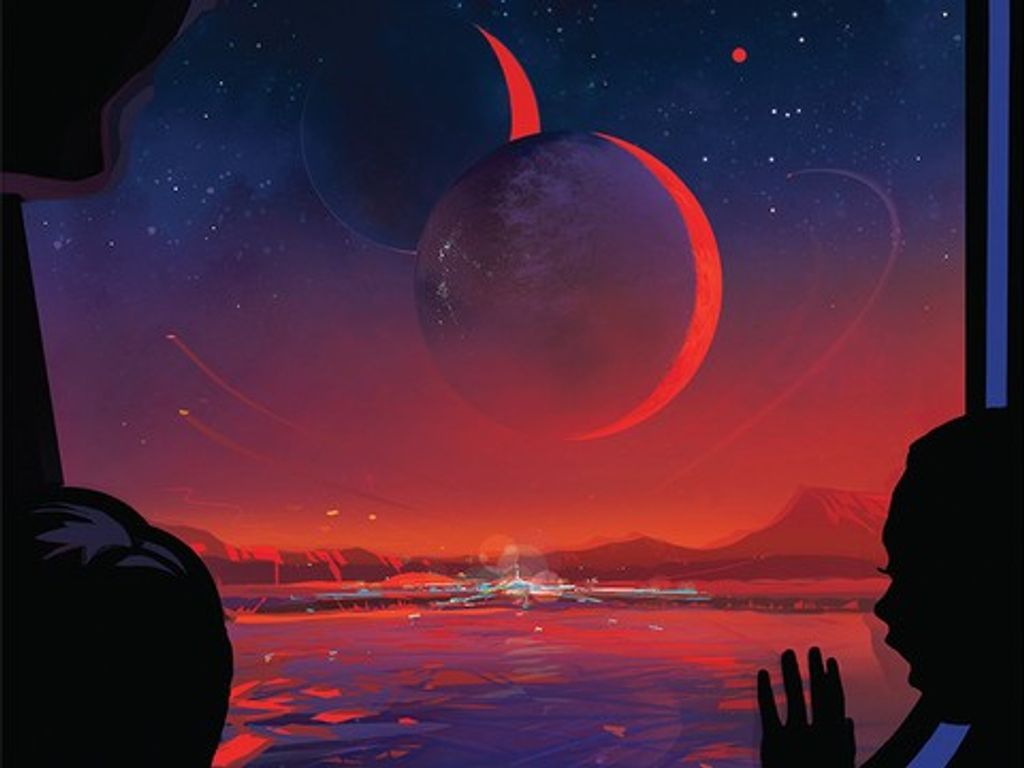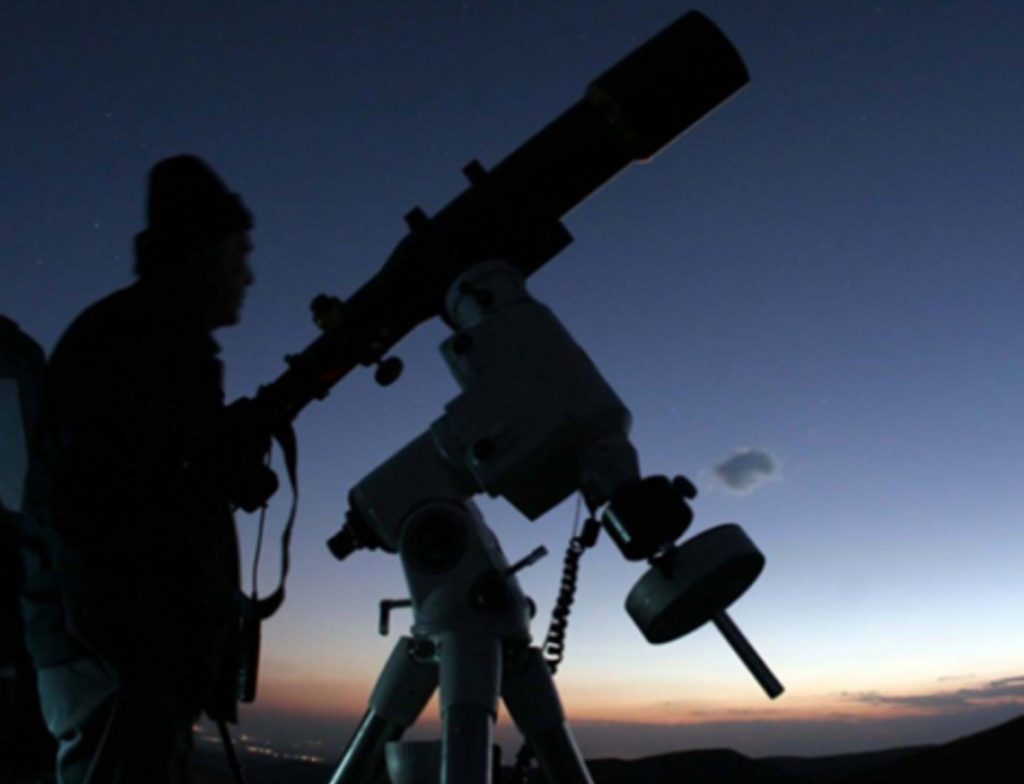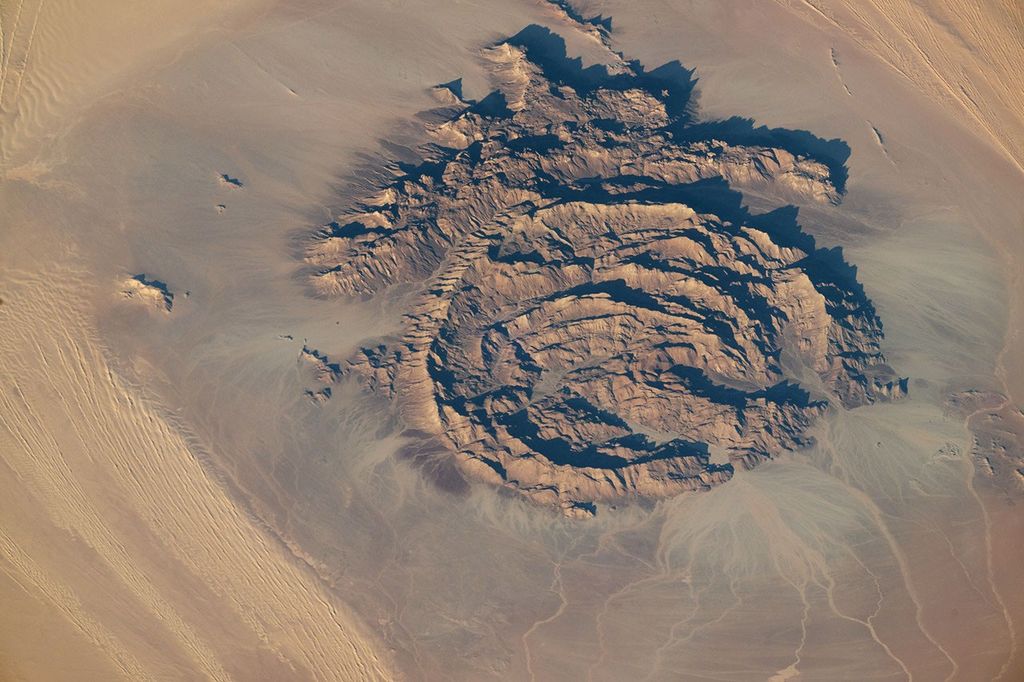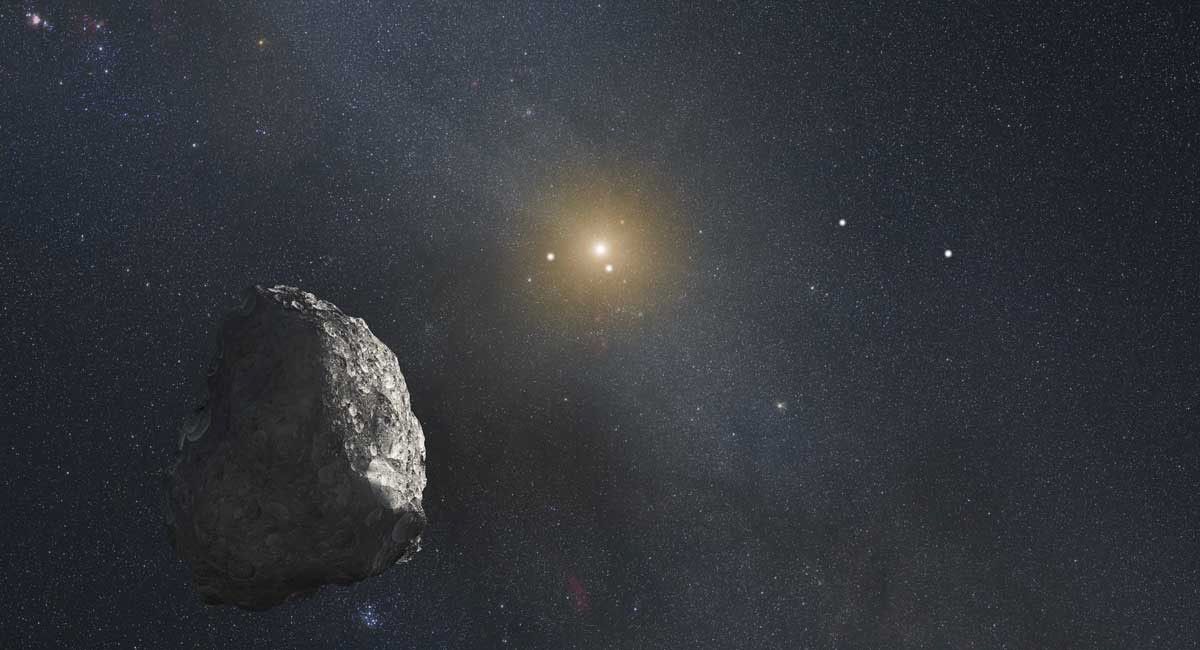How Does Webb Study Our Solar System?
Webb investigates the history and current state of our solar system, including the emergence of life.
As human knowledge of space and its vastness has grown, the Solar System has come to feel like the local neighborhood. There is still a lot to discover close to home—how the planets, moons, and smaller bodies of the solar system are similar to Earth, and how they are different.
Examining planetary systems and the origin of life is one of the James Webb Space Telescope’s core goals. Webb’s focus on infrared light provides astronomers with the ability to study features of planet surfaces and atmospheres they could not see in visible light.

Our Next-door Neighbor
The presence of water on Mars now and in the past is one of the driving forces for Martian exploration. Webb can survey for—and follow up on—the findings of the Mars rovers and landers. Does the atmosphere of Mars reveal a more habitable past? What altered the stability of its atmosphere? In addition to searching for water, geologists can use Webb to study the formation and evolution of global dust storms and cloud systems over dormant volcanoes. Mars’ history and potential future as a water-bearing planet may yield insights into Earth’s own story, especially the evolution of life.
Outer Planets
Looking farther, Webb’s observations can give us a better picture of the seasonal weather and climate on the giant planets and their moons.

The Solar System’s largest planet, Jupiter, is among Webb’s earliest targets, serving as a proving ground for the observatory’s sensitive instruments to image both the bright planet and its faint rings. Webb will investigate the potential hidden ocean beneath the moon Ganymede’s icy crust, and the “stealth volcanos” that have gone undetected on the fiery moon Io.
Webb offers unprecedented observing opportunities in near- and mid-infrared wavelengths for Jupiter, Saturn, Uranus, Neptune, and the largest moon in the Solar System, Saturn’s Titan. Webb can be used to probe different depths in these atmospheres, mapping cloud structures and major storm systems, as well as their evolution, with finer detail than previously possible. Titan, the only other world in the Solar System known to have liquid seas and lakes on its surface, is of particular interest. How are Titan’s seasons and rain cycles—of methane rather than water—similar to Earth’s?
Webb enables mapping of organic molecules across the disks the Solar System’s ice giants, Uranus and Neptune, for the first time. They represent the least-explored category of planet in our solar system. Webb has the unique ability to map their atmospheric temperature and chemical structure, and determine their fundamental differences from the gas giants, Jupiter and Saturn.
Small Wonders
Ground-based observatories are blind to asteroids and other small, rocky bodies in our solar system, but Webb can detect and study their infrared light. Webb will also help us learn more about the composition and mineralogy of these rocky objects. Webb will follow-up on NASA’s New Horizons mission in investigating some of the most distant objects in our solar system, including the dwarf planet Pluto.





























